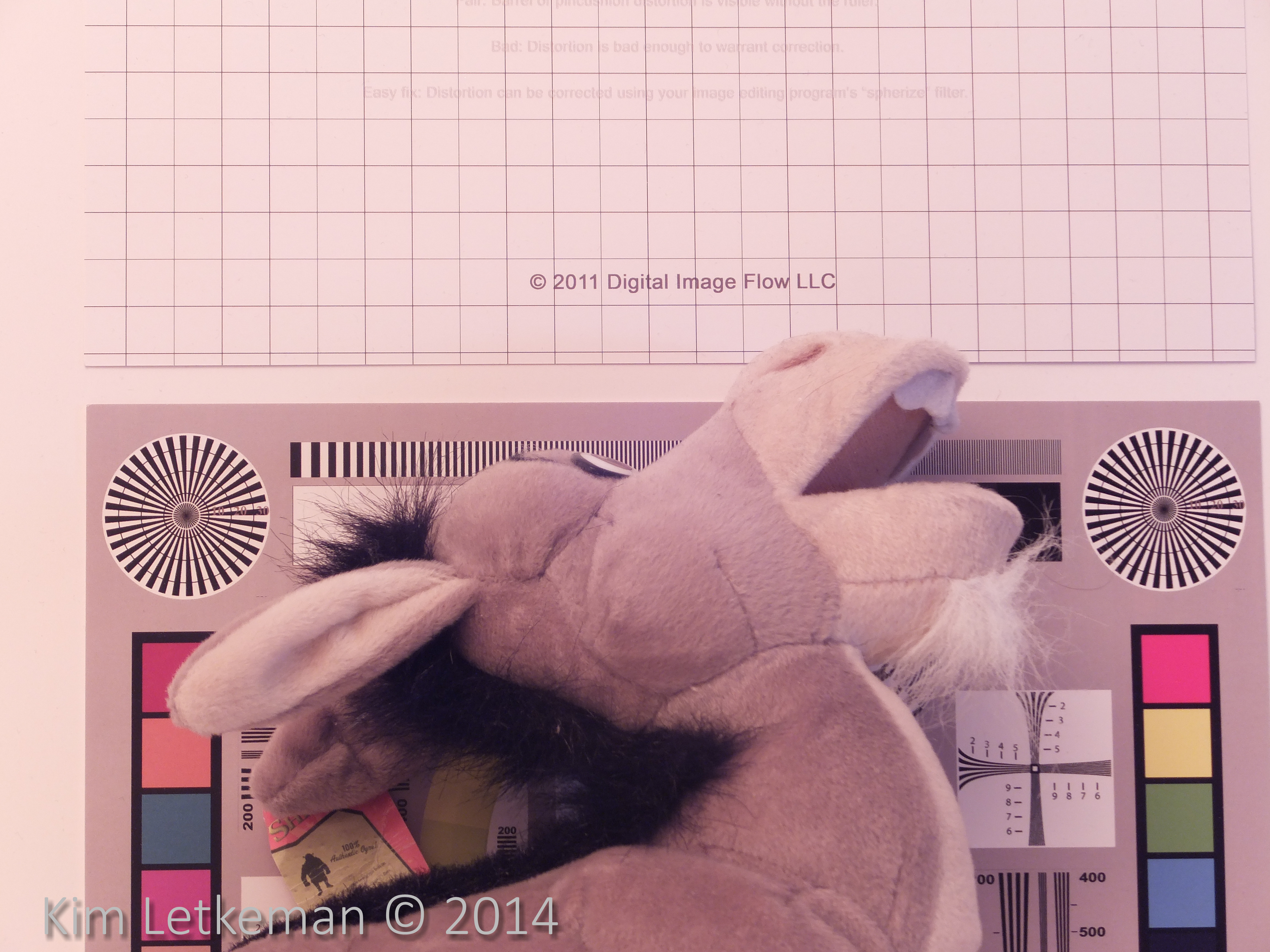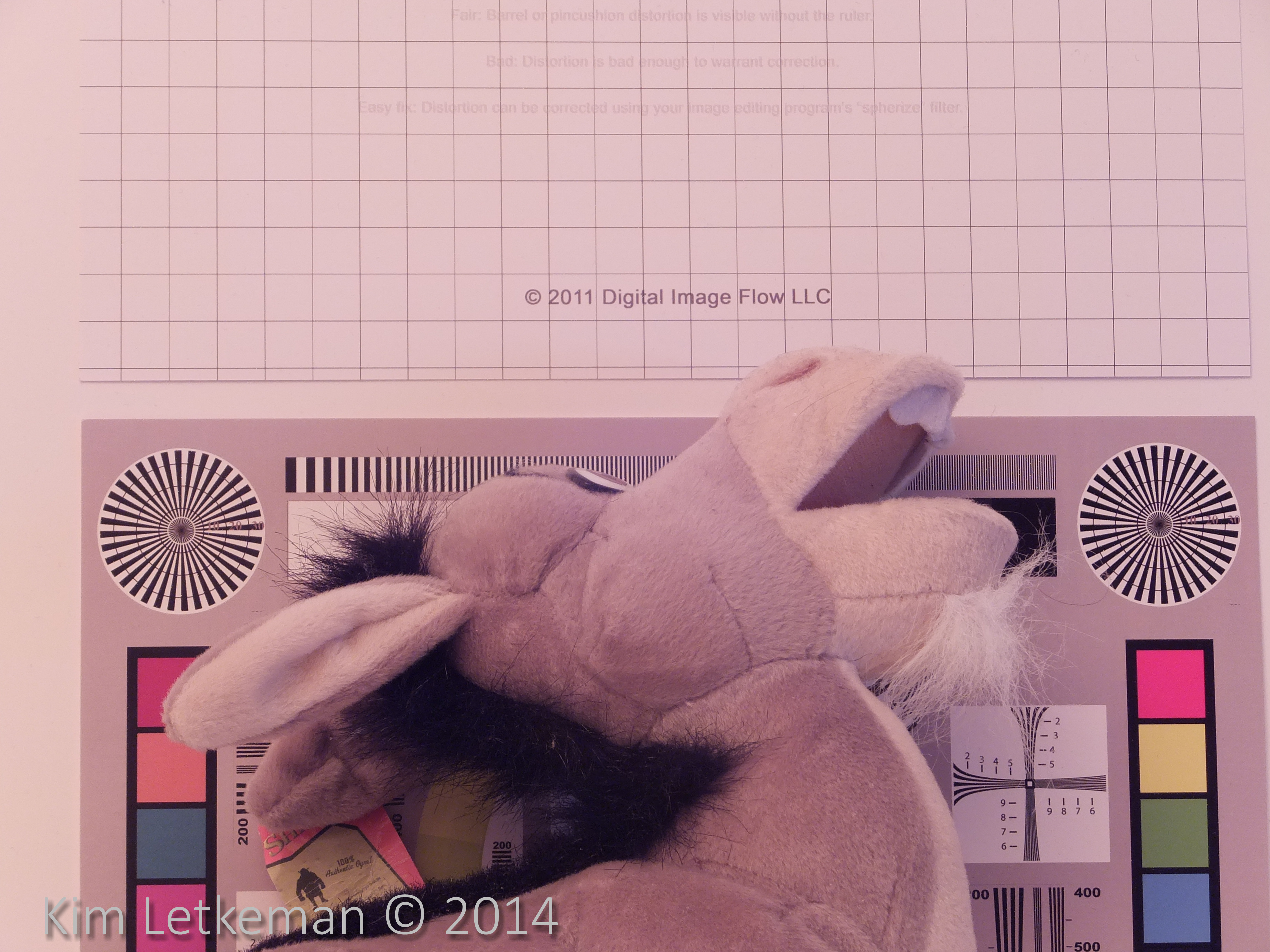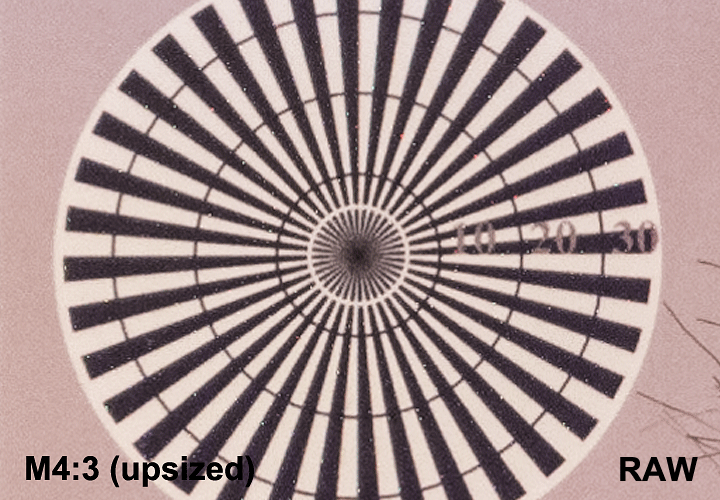EXR cameras have an unusual matrix that allows them to pair pixels up to either bin them (this is called SN mode and double the effective pixel area in hardware, yielding better noise handling) or blend them on a curve for extended dynamic range (which is called DR mode, when the bright pixels lean towards mid and shadow tones and the dark pixels lean towards mid and high tones, creating a flat-toned image that retains detail everywhere.)
This is a wonderful trick, but carries a few penalties. One is that the anti-aliasing filter must be tuned for either 1 or 2 pixels (which actually means 1 or 4 since it will be a circle of confusion that is affected) and in choosing which way to go, they will actually soften one mode more than the other (I think.)
What has always been true is that both modes can create a fairly sharp image, but one mode was always better. That mode was M size. Shooting M mode allowed you to retain low ISO (100) while blending two exposures in camera to achieve 2 stops of dynamic range extension. This makes EXR cameras better than any other technology at holding skies and opening shadows at the same time. Theoretically, at least. Some manufacturers have very good software dynamic range extension (basically digital fill) that is hard to distinguish from the Fuji solution. But doing it in hardware has worked well for Fuji.
What happens when you shoot L size, though, is that you are using all the pixels for one exposure, and hence you don’t get your DR extension. And that blows highlights and blocks shadows with abandon. Fuji does, however, have their own version of digital fill for software based dynamic range extension, so all is well. Except that it’s not. Fuji’s version of digital fill boost ISO by 1 stop for every extra stop of dynamic range. So the images look right, but the get noisy fast, which triggers significant damage to low contrast textures and edges from noise reduction. Even when you shoot DR100 at ISO100, you still end up with serious edge issues because the pixels are smaller and the shadows are deeper, thus forcing more noise reduction.
This is especially damaging on the 1/2” sensor that is present in all of Fuji’s EXR cameras with long zooms --- the F series and the HS series. The X series uses shorter zooms and the 2/3” sensor, which works fantastic in JPEG and not so well in Adobe raw processing software like Lightroom and ACR. Silkypix fares better, but I dislike its interface and would choose JPEG over using that tool.
Anyway … the HS50 and F900EXR have had some tuning to improve their handling in the raw converters and to improve the L size handling. Moon shots, for example, look quite good in L size. The craters are high contrast and the extra detail from 16mp does not go amiss – provided that the obvious protocols are followed by shooting many images and selecting the one with the best “seeing.” As for their abilities in shooting fine, low-contrast textures, they are a wash, at least in really good light.
http://kimletkeman.blogspot.ca/2013/04/hs50exr-review-part-19-l-versus-m-again.html
On the other hand, when the details are one smooth curved surfaces and these surfaces are not in direct sunlight, things tend to be less clear. Some parts of the following crops are better on the Msized image and a few are better on the L sized image. What this tells me is that shooting L size continues to be very risky for no gain whatsoever. (Note that there are tests out there that show spectacular differences in favour of L size. These make no sense to me so I cannot put any faith in them, especially given that the two people pushing L size are also prone to extreme rhetoric.)
So I thought I would run one more test with my F770EXR, which is featured in the link above the previous paragraph as well. It tends to be pretty even in well balanced light and the edge destruction in shadow is there, but not rampant. Still, I would never shoot it in L size for the simple reason that there is never any real advantage and there is often palpable disadvantages.
But what about bad light? Orange, indoor light from halogen bulbs for example? What does that do? Well, I would predict that L size would take a major beating from the combination of pushing the blue channel very hard and the shrinking of pixel sizes into the range of noise grain, triggering a beating from the noise reduction. That’s pretty much what always happens in shadows, and indoor light is low enough to be like mid to shadow all the time.
So I shot JPEG+RAW at 100 ISO with M4:3 at DR400 and L4:3 at DR100. Since both are at their best (no raised ISO) this is a fair fight. I processed the JPEG just to resize the M with a hint of sharpening and add watermarks. The names reflect which is which, but you will be able to tell easily … the M version has a flatter tone curve as it should. The textures on the L size are largely destroyed, as is normal on any but the latest EXR cameras (and I would dearly love to get access to those cameras one more time to run this test, as bad light seems to aggravate the already poor handling of textures.)
It is easy to think that maybe the images are not focused the same, but since they were shot on tripod and released by timer, that’s not actually an issue. Further, the hard edged lines are almost identical on most of the image (the exception being the cross on the right, which is in shadow and is crushed by NR I believe in the L sized image.) I have created two animated GIFs to illustrate the brightly lit area top left corner where they are essentially identical after upsizing the M, and the main, which is in shadow and very dark … here, the texture destruction is absolutely rampant in the L sized image and almost non-existent in the M sized image.
So … the four images … download as you wish, but I am exerting my copyright on these that you must give credit if you repost the images and you may not post derivative works that are designed to twist the results. That’s why you are getting originals that are only resized to match and rendered in Lightroom to fit inside the 4MB limit of my Gallery host.
L4:3
M4:3 Upsized
Crops Top Left Pattern
The edges are a tad smoother on the L sized image, but there is no difference in detail. The contrast is better on the M image, likely owing to the less harsh tone curve (not intuitive, I know … but I think it has to do with the overall image contrast and not the local contrast.)
Crops Donkey’s Main
Here, the difference is night and day. I have always found that the noise reduction can get completely out of control in areas where there is little light. It just cannot tell detail from noise and the smoothing is applied with a sledgehammer.
Conclusion
The newer models handle L size much better than this model. But there are still issues as shown in the two links above. And if you shoot anything but the HS50EXR and F900EXR, you really don’t want to mess with L size very often. It does very bad things to the files … in JPEG and in RAW.
Even with the newest models … I would not bother except in very limited circumstances. Very close macro might work, if there is no texture at play. And the moon tends to work because we don’t really care about the part of the surface that has no craters. And even then, you have to carefully process that part to avoid seeing pure mush.
So … enjoy. Shoot however you like. You have been warned ![]()



